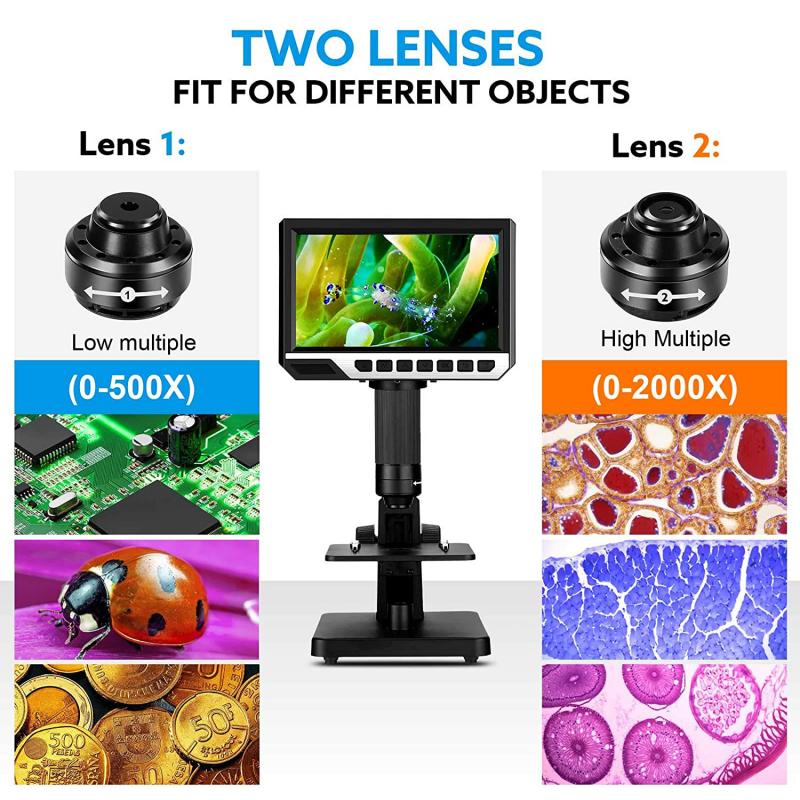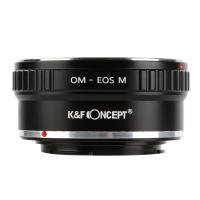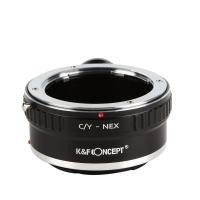What Lens Is Used In Microscope ?
The lens used in a microscope is typically a combination of several lenses, including objective lenses and an eyepiece lens. The objective lenses are responsible for magnifying the specimen being observed, while the eyepiece lens further magnifies the image for the viewer. These lenses are usually made of high-quality glass or other transparent materials with specific optical properties to ensure clear and accurate magnification. The objective lenses are typically mounted on a rotating nosepiece, allowing the user to switch between different magnification levels. The choice of lens depends on the desired magnification and resolution for the specific application of the microscope.
1、 Compound microscope: Uses multiple lenses to magnify the specimen.
The compound microscope is a widely used tool in scientific research, education, and medical diagnostics. It utilizes multiple lenses to magnify the specimen and provide a detailed view of its structure. The primary lens used in a compound microscope is the objective lens, which is located close to the specimen. This lens collects light from the specimen and forms an enlarged real image. The objective lens typically has a high magnification power, ranging from 4x to 100x or more.
In addition to the objective lens, the compound microscope also incorporates an eyepiece lens or ocular lens. This lens is positioned near the viewer's eye and further magnifies the image formed by the objective lens. The combination of the objective and eyepiece lenses allows for a higher total magnification of the specimen.
The choice of lenses in a compound microscope depends on the desired magnification and resolution. Different objective lenses with varying magnification powers can be interchanged to observe different levels of detail. Modern compound microscopes often have a set of objective lenses, including low-power (4x), medium-power (10x), high-power (40x), and oil-immersion lenses (100x). The oil-immersion lens requires a drop of immersion oil between the lens and the specimen to minimize light refraction and improve resolution.
It is worth mentioning that advancements in technology have led to the development of specialized lenses for specific applications. For example, there are fluorescence lenses that allow researchers to observe fluorescently labeled specimens, and phase contrast lenses that enhance the visibility of transparent or unstained samples.
In conclusion, the compound microscope utilizes multiple lenses, primarily the objective and eyepiece lenses, to magnify the specimen and provide a detailed view of its structure. The choice of lenses depends on the desired magnification and resolution, and advancements in technology have led to the development of specialized lenses for specific applications.

2、 Objective lens: Primary lens closest to the specimen.
The objective lens is the primary lens used in a microscope that is closest to the specimen being observed. It is responsible for gathering light from the specimen and forming a magnified image that can be viewed by the user. The objective lens is typically located on a rotating nosepiece and can be interchanged with different lenses of varying magnification powers.
The objective lens is a crucial component of a microscope as it determines the level of magnification and resolution that can be achieved. Different objective lenses have different magnification powers, typically ranging from 4x to 100x or higher. The magnification power of the objective lens is usually indicated by a number followed by an "x" (e.g., 10x, 40x, 100x).
In recent years, there have been advancements in objective lens technology to improve the resolution and clarity of microscope images. For example, high numerical aperture (NA) objective lenses have been developed, which allow for greater light-gathering ability and improved resolution. These lenses are particularly useful for techniques such as fluorescence microscopy, where the detection of faint signals is crucial.
Additionally, there has been a growing interest in developing objective lenses for super-resolution microscopy techniques. These techniques, such as stimulated emission depletion (STED) microscopy and structured illumination microscopy (SIM), enable imaging beyond the diffraction limit, providing unprecedented detail and resolution. Specialized objective lenses with unique optical properties are required for these techniques, allowing researchers to visualize structures at the nanoscale level.
In conclusion, the objective lens is a fundamental component of a microscope, responsible for gathering light and forming a magnified image of the specimen. Advances in objective lens technology have led to improvements in resolution and the development of super-resolution microscopy techniques, enabling researchers to explore the microscopic world with greater detail and precision.

3、 Eyepiece lens: Lens closest to the viewer's eye.
The eyepiece lens is an essential component of a microscope as it is responsible for magnifying the image produced by the objective lens. It is the lens closest to the viewer's eye and is located at the top of the microscope's body tube. The primary function of the eyepiece lens is to further enlarge the image formed by the objective lens, allowing the viewer to see a highly magnified and detailed image of the specimen being observed.
Traditionally, eyepiece lenses were simple convex lenses that provided a fixed magnification power, typically 10x. However, with advancements in technology, modern microscopes now often incorporate more complex eyepiece designs, such as compound lenses or combinations of lenses, to enhance the overall optical performance.
In recent years, there has been a growing trend towards the use of digital microscopes, which utilize digital imaging technology to capture and display images on a computer screen or other digital devices. In these cases, the eyepiece lens may be replaced by a camera or a digital sensor, allowing for direct digital image capture and analysis. This eliminates the need for the viewer to physically look through the eyepiece and provides the advantage of easily sharing and storing digital images.
Overall, the eyepiece lens plays a crucial role in the functioning of a microscope by providing the viewer with a magnified and detailed view of the specimen. Whether it is a traditional lens or a digital sensor, the eyepiece lens continues to be an integral part of microscopy, enabling scientists, researchers, and students to explore the microscopic world with precision and clarity.

4、 Convex lens: Curved lens that converges light to form an image.
The lens used in a microscope is a convex lens. A convex lens is a curved lens that converges light to form an image. It is a crucial component of a microscope as it helps magnify the specimen being observed.
The convex lens works by bending light rays that pass through it. When light rays enter the lens, they are refracted or bent towards the center of the lens. This refraction causes the light rays to converge, meaning they come together at a focal point. This convergence of light allows for the formation of an enlarged and magnified image of the specimen.
In a microscope, there are typically multiple lenses used to achieve higher magnification. These lenses are arranged in a specific order to maximize the magnification and clarity of the image. The objective lens, which is closest to the specimen, is responsible for gathering light and forming a magnified real image. The eyepiece lens, on the other hand, further magnifies the real image formed by the objective lens and allows the viewer to see the enlarged image.
It is important to note that while the use of convex lenses in microscopes has been the standard for many years, there have been advancements in microscope technology. For example, some modern microscopes use compound lenses, which are a combination of convex and concave lenses. These compound lenses help correct for certain optical aberrations and improve the overall image quality.
In conclusion, the lens used in a microscope is a convex lens. It plays a crucial role in converging light and forming a magnified image of the specimen being observed. While advancements in microscope technology have introduced compound lenses, the use of convex lenses remains fundamental in microscopy.






























There are no comments for this blog.